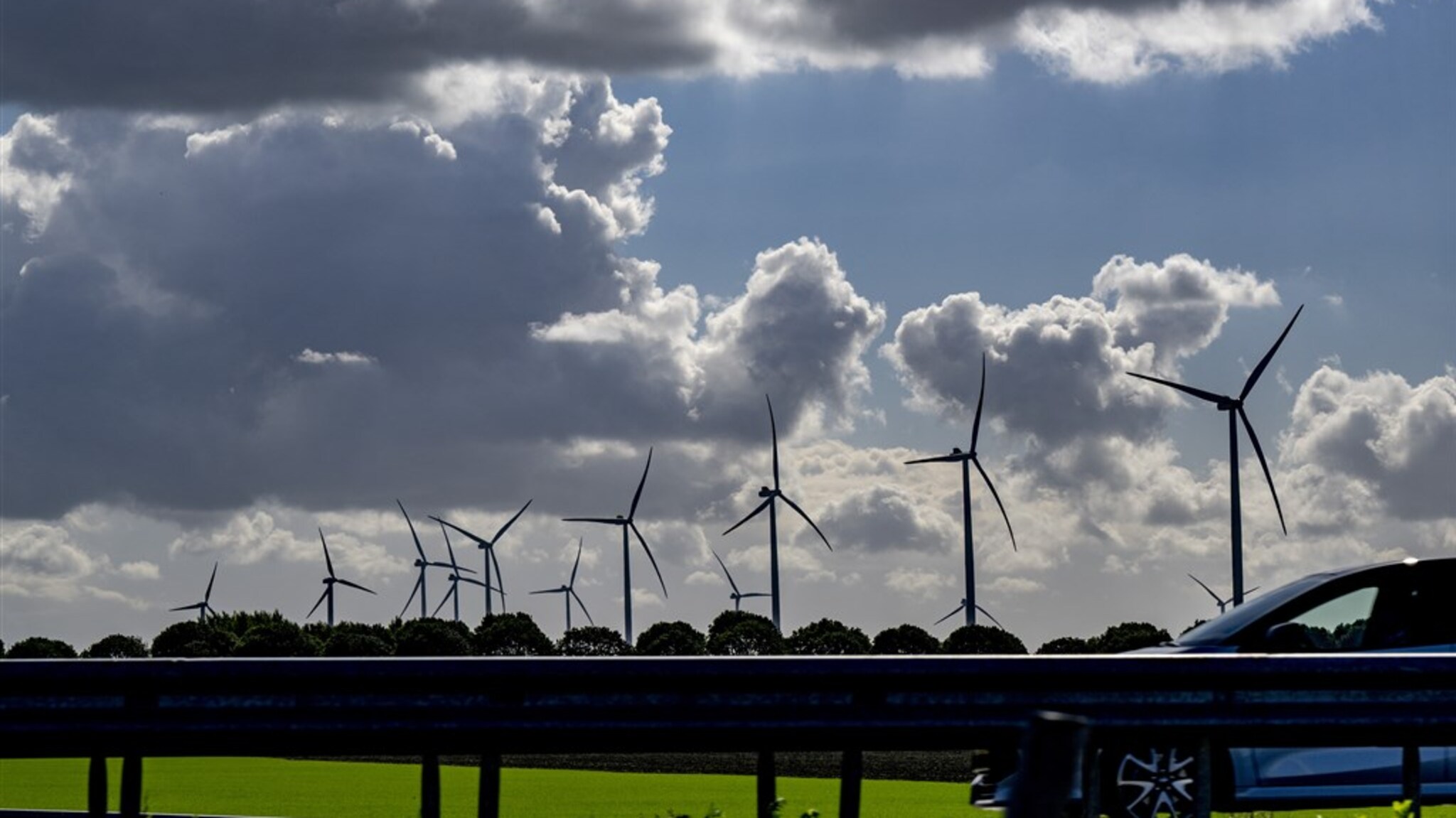1. What is dynamic energy contract?
The main difference with a standard energy contract is that gas and electricity prices vary every day. Electricity has a different rate every hour. The price that the consumer pays is determined directly by the price in gas and electricity exchanges.
Prices will be announced one day in advance. Then you know how much a kilowatt-hour of electricity will cost you per hour the next day. The price of gas changes only once a day.
2. Why do you want it?
The advantage of prices that move precisely in line with market prices is that you are paying a very fair price. This is especially nice if energy prices are structurally low.
Is the price going down in the market? Then you immediately pay less for your energy consumption. This is in contrast to fixed-rate contracts, which also include variable contracts, which nowadays are adjusted once a month. On top of that, power providers who have prices fixed for a longer period of time always charge a little extra to cover themselves against price hikes. This is not necessary with dynamic rate.
3. What is the danger?
However, this extreme flexibility also has a drawback. As a consumer – especially now where prices can vary greatly on the day – you simply don’t know where you stand. On a bad day, your costs can rise quite dramatically in euros per cubic meter or kilowatt-hours.
4. How much does it cost?
It’s hard to say, because it changes every day. Do you look at the averages for the past months posted on the joint Site For providers of dynamic tariffs, the switch looks very attractive.
For example, the average price of gas in October is “only” 1.37 euros. In May it was up to 1.06 euros. But you should not focus on those rates, because government fees are not included in them. As a result, you already have to add at least 60 cents per cubic meter of gas.
So you end up with a euro or two per cubic meter of gas in October. With major suppliers, it’s usually more expensive with a variable contract. But most of September the rate was much higher, so I paid more than 2.60 euros per cubic meter including government taxes, and on some days more than 3 euros. In the last week of August this amount was 1 euro more.
If you have that kind of days or weeks during the winter, the bill quickly becomes incredibly high.
Since electricity rates fluctuate so much, it is difficult to compare them. At peak times, you pay the base rate regularly, sometimes 70 to 80 cents per kWh. Prices are often very low at night and in the middle of the day.
5. To whom is it interesting?
People who use a lot of electricity and who can spend time well are especially good candidates for a dynamo. For example, people who have an electric car. They use a lot of electricity to charge the car, but they can – if they do their best – spend the time on it so they pay little for it. Often the best time to do this is at night.
However, this is also an uncertain existence. If there are strong winds, a lot of cheap energy is generated and therefore the dynamic rates are very low at times when little energy is being used. But if there is no wind, and the power plants are still (partially) powered by gas, then the prices are “only” very high.
In the end, dynamic contract is primarily for people who want to deal with their energy consumption every day, says Joyce Donut of the Consumers Association. It is only intended for families who can sometimes suffer from being expensive at times for a month.

“Lifelong zombie fanatic. Hardcore web practitioner. Thinker. Music expert. Unapologetic pop culture scholar.”








